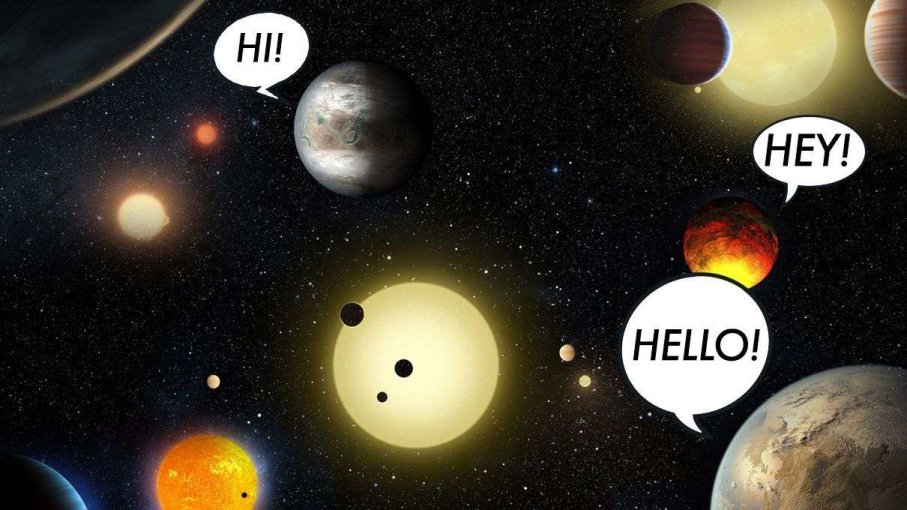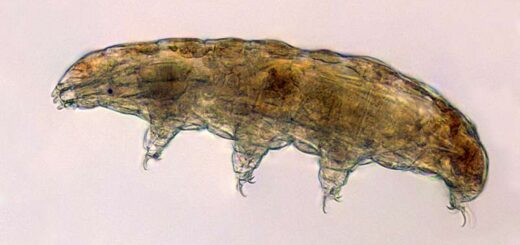The Galaxy Just Got More Crowded

Today, a team of NASA scientists announced exciting news thanks to the Kepler telescope: the discovery of 1,284 new exoplanets. That’s the largest number of planets announced at one time. In fact, before the announcement, NASA had verified only 984 exoplanets in our galaxy.
So how did the team more than double the number of known exoplanets? They changed their methodology when investigating potential hits. The way Kepler detects a planet involves measuring the light coming from a star. If the telescope notes a dip in observed light, that could indicate that a planet is passing between the star and Earth. We call this the transit method of detecting exoplanets — the exoplanet transits its host star.
But those transit signals aren’t always planets. Sometimes it’s something else that passes between the respective star and Earth, which creates a false positive. Traditionally, NASA would verify exoplanets by following up the initial detection with extensive observations. Today, researchers revealed a much faster method of verifying results, and it relies on statistical analysis.
Broadly speaking, the team looked at the detected signals that best fit the expectation of a planet and then calculated the probability of false positives, which they called “imposters.” They used this to create a probabilistic model that assigned a number between 0 and 1 to each signal (a 0 being an absolute certainty that the signal represents an imposter and a 1 meaning it’s definitely a planet). They then concentrated only on candidates that met a greater than 99 percent probability of being a planet.
The big advantage of this method is that it doesn’t require months or years of observations to verify signals. It can point us in the right direction when we want to look at planets that could potentially support life. Those would be planets that are likely rocky and at the right distance from the host star to receive enough energy to support life (but not so much that the planet’s surface is inhospitable).
Before this discovery, NASA had identified 12 exoplanets that are within the so-called Goldilocks zone, the orbital area around a star that could potentially support life as we know it. The researchers announced that nine more planets join that list thanks to the new discovery. Some of these look like particularly good candidates for possible life. But to be sure will require more study.



 Creators of mankind
Creators of mankind Description of “Tall white aliens”
Description of “Tall white aliens” Where they came from?
Where they came from? About hostile civilizations
About hostile civilizations The war for the Earth
The war for the Earth “Tall white aliens” about eternal life
“Tall white aliens” about eternal life Video: “Nordic aliens”
Video: “Nordic aliens” Aliens
Aliens Alien encounters
Alien encounters The aliens base
The aliens base UFO
UFO Technology UFO
Technology UFO Underground civilization
Underground civilization Ancient alien artifacts
Ancient alien artifacts Military and UFO
Military and UFO Mysteries and hypotheses
Mysteries and hypotheses Scientific facts
Scientific facts


















